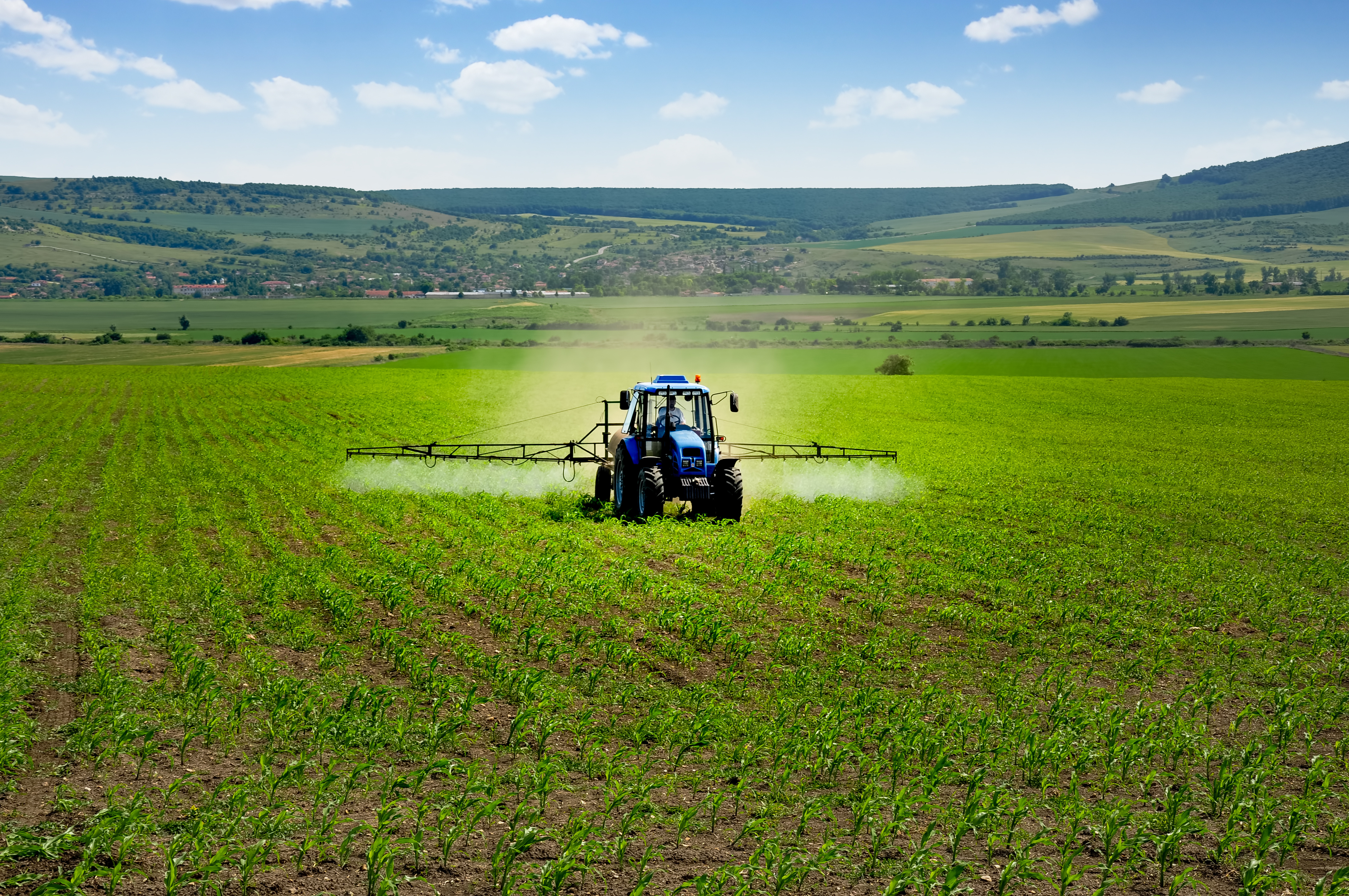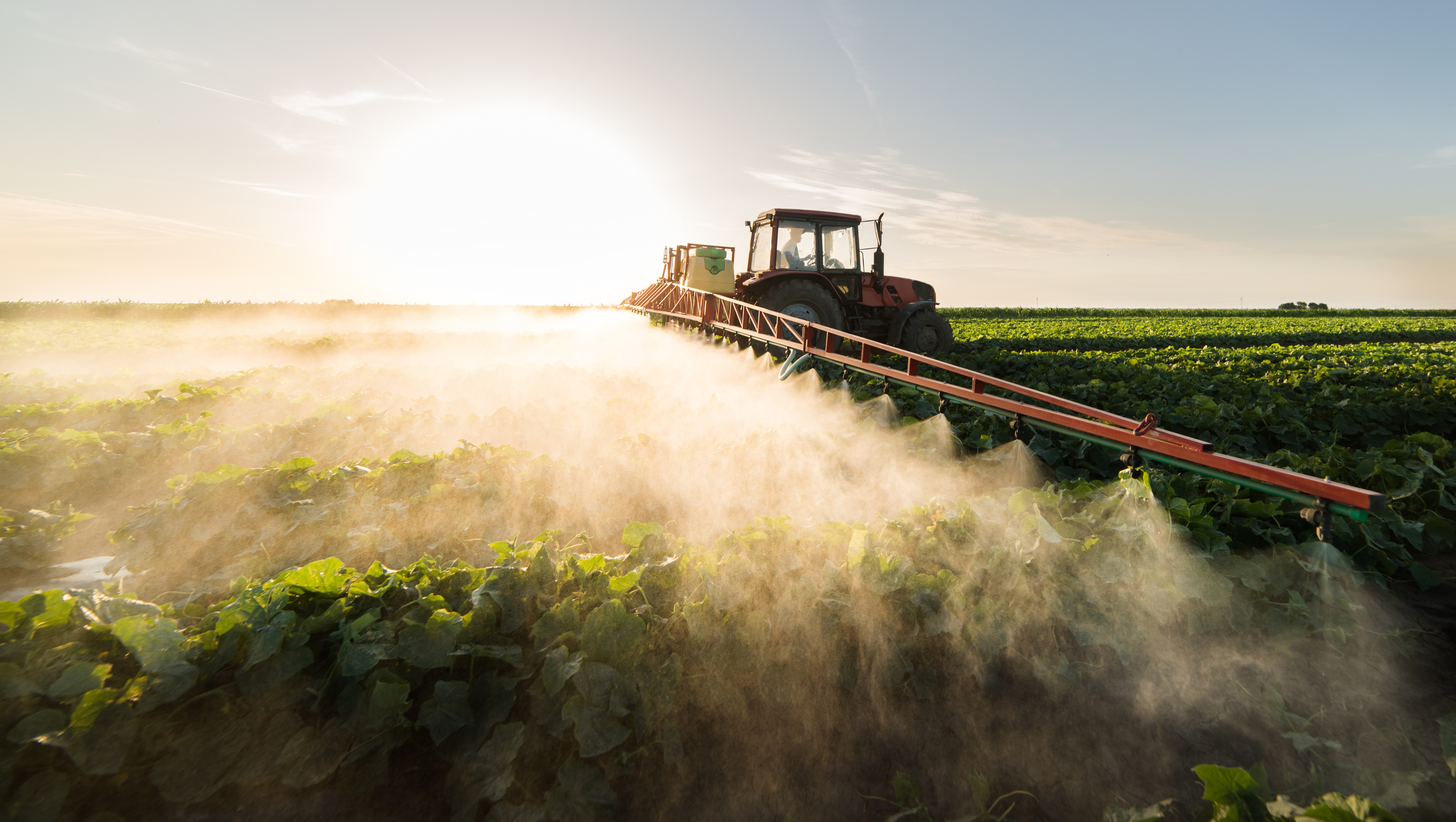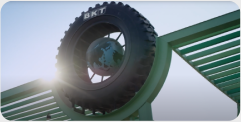Discover how artificial intelligence (AI) is revolutionizing weed management! From reducing pesticide use to cutting-edge mechanical solutions, let’s explore the latest innovations in the field.

Artificial intelligence is making its mark in the world of weed control, and it’s no surprise that it fits seamlessly with variable rate spraying technology. This allows farmers to significantly cut down on herbicide use. Early trials across the globe have shown incredibly promising results, with some reports indicating up to an 80% reduction in the amount of product typically used in pre-sowing treatments. These advanced precision spraying systems can identify weeds and activate specific nozzles to target only unwanted plants, often using state-of-the-art sensor technology.

The current political climate is also in favor of these technologies. European policies are pushing farmers to reduce their reliance on chemical solutions. In line with the EU’s goal of cutting pesticide use by 50% by 2030, the new Common Agricultural Policy (CAP) provides subsidies for those committed to reducing pesticide use and adopting more advanced defense methods. Right now, treatments can already be more targeted thanks to Isobus sprayers, which use section control or variable rate functions to distribute crop protection products. But with AI, precision takes a leap forward, as it integrates effortlessly with both towed and self-propelled equipment.

AI systems leverage hyperspectral sensors to detect weeds in the field. These sensors, now integrated into sprayers from a range of manufacturers, along with recent tech advancements and extensive agronomic trials, have vastly improved the potential of these systems. They’ll soon be widely available on the market. In essence, onboard sensors detect weeds and trigger specific nozzles on the boom to achieve pinpoint accuracy in treatment. The benefits? Increased farm profitability and improved environmental sustainability.
.jpg)
The latest self-propelled and towed sprayers are equipped with a new generation of hyperspectral sensors that are smaller, lighter, and can be mounted directly on the spray boom. These sensors come with enhanced optics, providing a wider field of view, eliminating the need for additional sensor units. Plus, intelligent LED lights have been introduced to boost performance and user experience in low-light conditions. These sensors continuously monitor the vegetation, detecting the color and shape of target weeds. That’s where AI steps in, using an agronomic database to distinguish between crops and weeds. Thanks to its machine learning capabilities, the system also gets smarter over time, learning to recognize and classify weeds as it scans the fields.

The new AI-driven systems offer a range of treatment modes: localized treatment of weeds on bare soil, distinguishing weeds from crops and targeting them even when crops are present, variable rate treatment, where a low dose is applied and increased only when a weed is detected. These strategies can lead to an 80-95% reduction in product use, depending on the crop, weed infestation, and dose applied. This also helps combat the rising issue of weed resistance to active ingredients, which is becoming more common with conventional spraying methods. Another big advantage is that these intelligent systems integrate smoothly with Isobus communication interfaces, as well as digital portals for work data storage.
AI isn’t just transforming chemical weed control—it’s also making strides in mechanical weeding. Traditionally, removing weeds without harming crops is tricky, especially when the plants are small, and the soil can’t be disturbed. To tackle this, some manufacturers are now using high-precision lasers. These lasers can eliminate weeds close to young crops without disturbing the soil. Sensors capture images of the plants, and AI analyzes them to identify the weeds, which are then zapped by the laser. This method is particularly useful for delicate crops or densely planted areas, and it works in a variety of soil conditions and over extended periods.

Other manufacturers have incorporated AI into hoeing equipment to manage weeds throughout the entire crop cycle, from early growth stages to inter-row cultivation later on. At the heart of these systems is the crop detection sensor. The sensor captures images, which are analyzed by AI software to pinpoint the exact location of each plant. With this data, the hoeing tools can precisely work around the crops. But AI doesn’t stop here—its applications are growing rapidly. Stay tuned to our blog to stay updated on the latest innovations that are set to transform agriculture. Don’t miss a beat as technology continues to revolutionize the way we farm!






